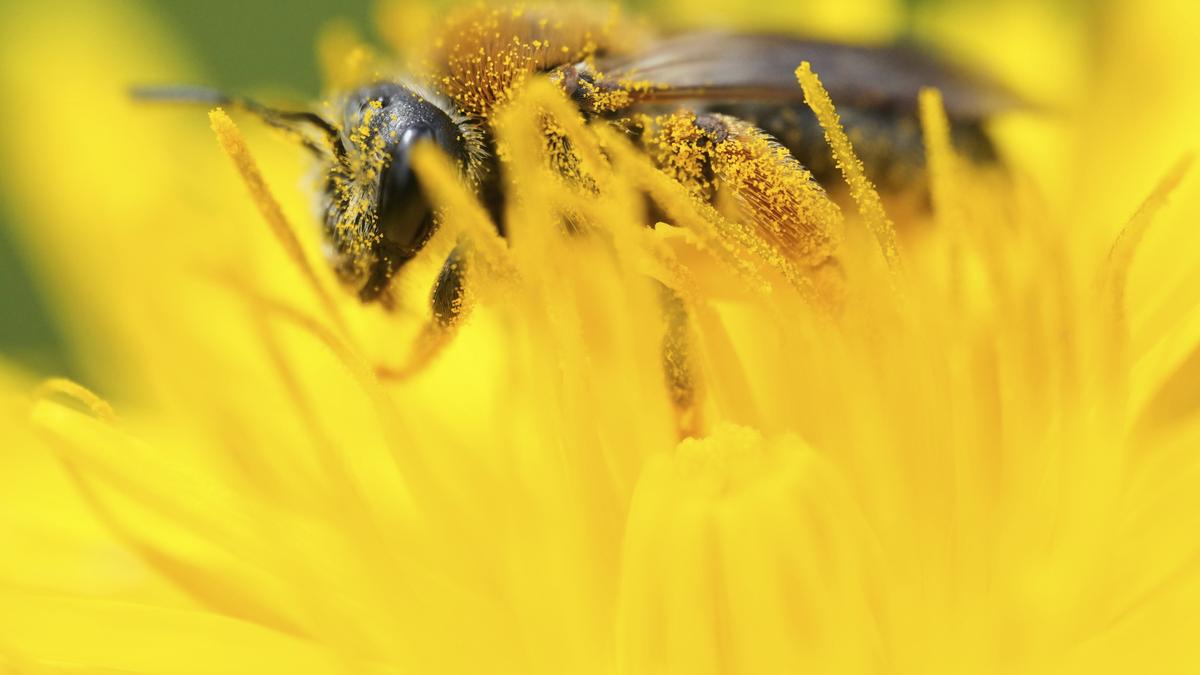Image used for representation only.
| Photo Credit: AP
GUWAHATI
A new study has shown that stingless bees, which produce a high-value honey with a distinct flavour, can increase the yield and quality of crops.
Researchers from Nagaland University’s Department of Entomology identified Tetragonula iridipennis and Lepidotrigona arcifera, two species of stingless bees, as the most efficient among 11 insect varieties recorded foraging on chilli booms in the open “under low hill conditions”.
The yield and quality of chilli and other crops increased several times when these stingless bees were introduced as pollinators under greenhouse conditions, the study published in the latest issue of the International Journal of Farm Sciences said.
Entomologists Avinash Chauhan and Imtinaro L. of the university based in Nagaland’s Lumami are the authors of the study. Their research over 10 years also yielded methods to minimise losses while rearing stingless bees for quality honey production free from impurities.
“Stingless bees can be used for pollination without fear of being stung. They are known for their popular medicinal honey and pollination potential, which paves the way formulation of crop pollination calendars to benefit all stakeholders. The honey produced by the bees during the experiments also provided extra income besides good crop production,” Dr Chauhan said.
Of the 11 insect species observed on chilli crops “grown as per good agricultural practices”, syrphid flies, houseflies, and stingless bees were found to have foraged the most. The yield and quality parameters under different modes of pollination revealed that bees were superior pollinators.
The researchers found that the fruit set in stingless bee-pollinated king chilli (Capsicum chinense) increased to 29.46% over the non-pollinated crop (21% yield). Similarly, the fruit set in chilli (Capsicum annuum) increased by 7.42% over the non-pollinated crop.
The seed weight, an indicator of viability or germination, also increased by 60.47% when pollinated by the stingless bees.
“We are now working to improve the beekeeping rearing techniques and promote scientific beekeeping with honey bees and stingless bees for better honey production and pollination of crops. The focus is also to raise awareness among the people for the conservation of other wild honey bees and pollinators,” Dr Chauhan said.
The other crops used for the stingless bee pollination test included cucumber, ash gourd, watermelon, tomato, pumpkin, brinjal, and dragon fruit. The potential of these bees as pollinators for fruits such as mango, guava, gooseberry, and Indian jujube was also observed and recorded.
Stingless bees are reported primarily from the northeastern, eastern, and southern Indian States. In the northeast, these bees are reared traditionally in homestead apiaries.
Published – May 27, 2025 08:10 am IST
